Title: A pristine record of outer Solar System materials from asteroid Ryugu’s returned sample
Authors: Motoo Ito, Naotaka Tomioka, Masayuki Uesugi, et al.
First Author’s Institution: Kochi Institute for Core Sample Research, X-Star, Japan Agency for Marine-Earth Science Technology (JAMSTEC), Nankoku, Japan
Status: Published in Nature [open access]
Just like a list of ingredients is an integral component of a recipe, an initial composition for solar system material is the foundation needed for any complete picture of how the solar system planets formed. Today’s authors are analyzing samples from Hayabusa 2’s trip to the asteroid Ryugu, with the hopes of getting a better picture of the composition of a baby Solar System.
So far, nearly all of our sample of extraterrestrial rocks come from meteorites, and our best guess for early solar system composition is the composition of ‘carbonaceous chondrite’ meteorites, named for their dark colors which were initially thought to come from large amounts of carbon. While some carbonaceous chondrites do have lots of carbon, it isn’t necessarily true across the board – these meteorites actually vary a lot in their overall compositions and in the types of grains found in the rock, and come in six different classifications.
The Hayabusa 2 Mission
You might wonder what the point of going to an asteroid is if we already have all these meteorites here on Earth to sort though. The main reason is that the meteorite sample could be pretty biased because it consists only of the bits of rock that were sturdy enough to survive the fiery trip through Earth’s atmosphere, and the remains that made it through have already undergone weathering in Earth’s environment. Pulling samples off the surface of an asteroid, while difficult, helps build up a collection of rocks without these terrestrial biases.
As you could imagine, it’s no easy feat to collect rocks from asteroids. Hayabusa 2’s predecessor, Hayabusa, was the first to bring back samples from an asteroid, but it was only able to return a few grains of rock after malfunctions on the spacecraft. Hayabusa 2 launched in 2014, reached Ryugu in 2018, and returned in 2020 with a few grams of dust and pebbles (see it’s orbit in Figure 1). While a few grams doesn’t sound like much (for comparison, Apollo 11 collected about 20 kg of rock from the moon), this is a motherload by asteroid mission standards! All of the analyses presented in today’s paper only used about 60 mg of the total sample.
Hayabusa 2 collected two sets of samples, from the asteroid’s surface and from a crater it made by firing a projectile at the asteroid. The spacecraft also deposited two small rovers on the asteroid to take pictures (see Figure 2), marking the first rover trip on an asteroid! You can find a full timeline of images from the mission here!
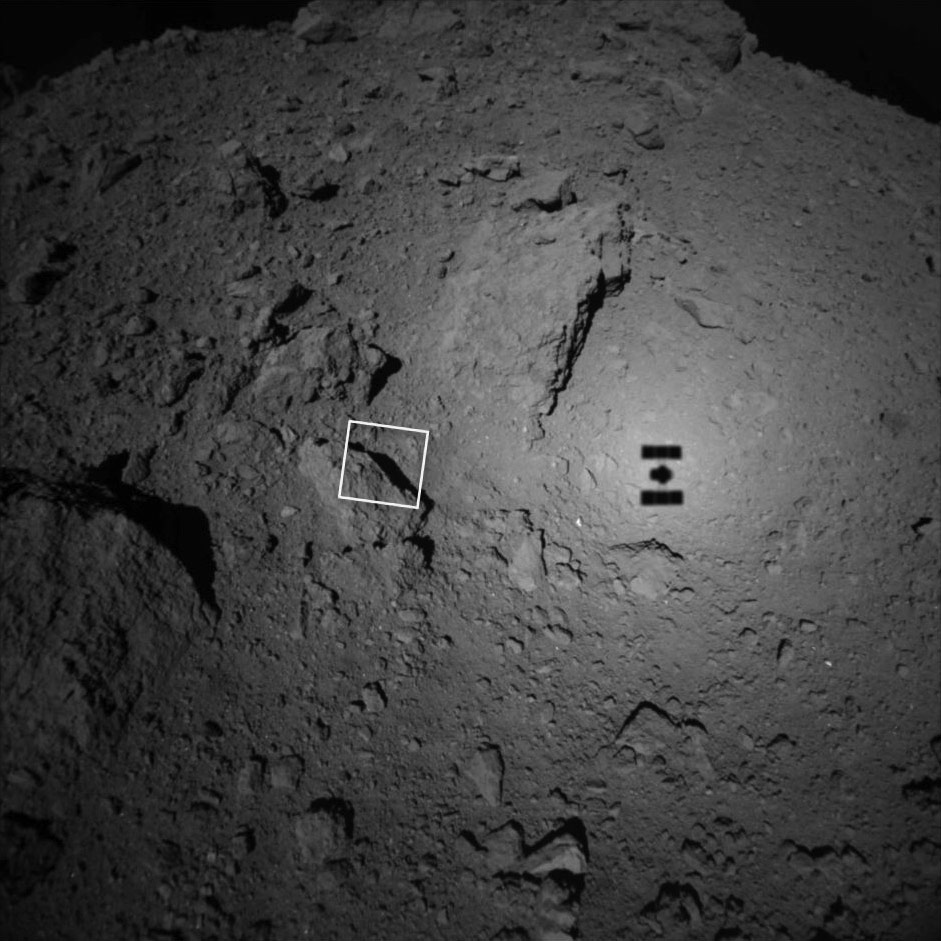

Analyzing Rocks
The Ryugu sample is analyzed in two main ways, through imaging and mapping of specific minerals and elements, and by measuring the relative amounts of different isotopes in the rock. By imaging the rock using X-rays, we can get maps of where different elements are found in the sample. Figure 3 shows one such image. The images show the locations of magnesium (red), calcium (green), iron (blue), and sulfur (yellow). While magnesium is found throughout the rock, iron, sulfur and calcium tend to be concentrated in particular grains that are mixed into the material. Isotopes, or pairs of atoms of the same element which have different numbers of neutrons, are another powerful tool for analyzing rocks. We can expect different amounts of each isotope depending on things like whether the rock was heated or exposed to water. Today’s authors studied a variety of isotopes, including those of oxygen, carbon, nitrogen, and deuterium.
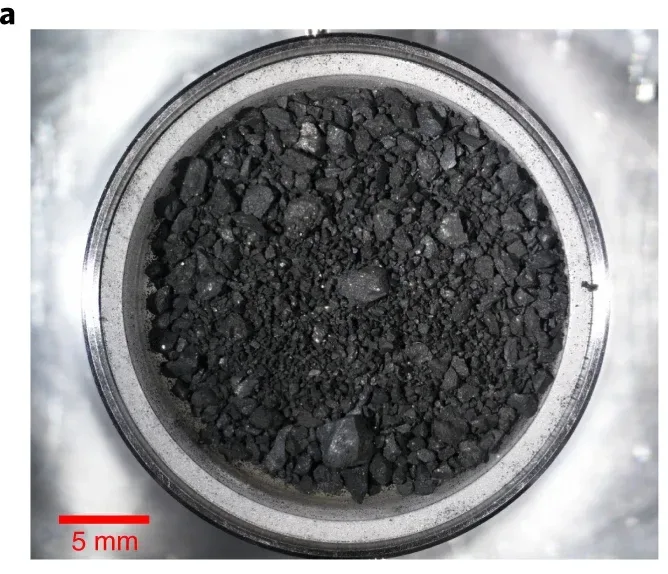
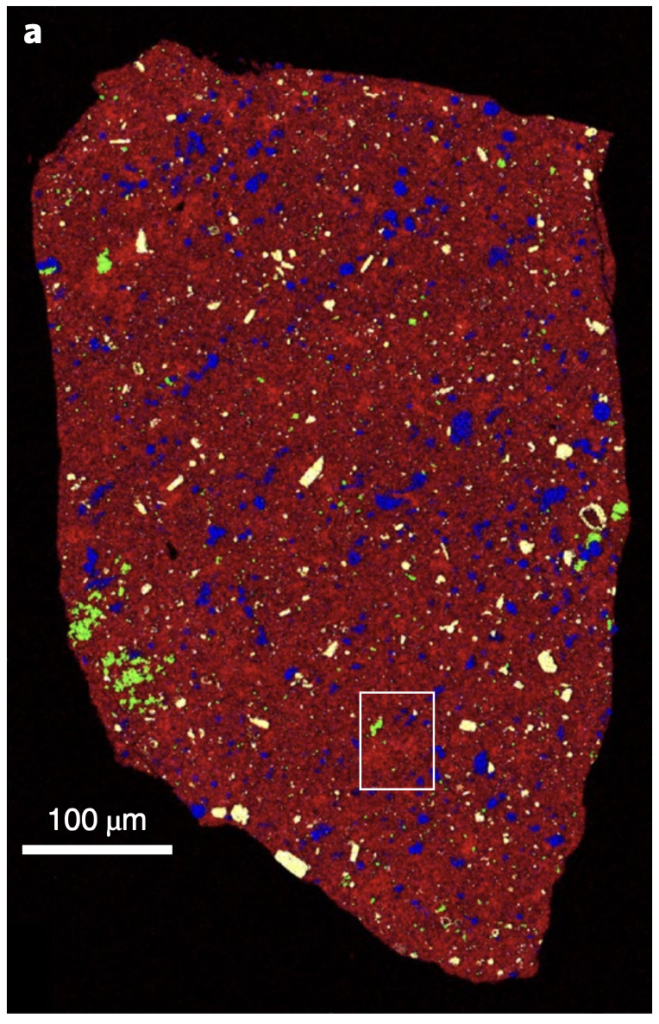
After taking inventory of all of the different minerals and isotopes found in the rock samples, today’s authors compared those compositions to what we see in different types of meteorites. It turns out that the best match was to a type of chondrite called ‘CI’. Before we get further into the results, let’s talk about why CI chondrites are so important to planetary science. They are an exceptional group of chondrites because they are closer compositional matches to the Sun than any other meteorite. Geochemists, planetary scientists, and astronomers therefore take CI compositions as the de facto guess for the overall composition of the solar system, so having a non-terrestrially impacted sample directly from an asteroid is fantastic for better understanding the early Solar System!
Going back to our sample results, Figure 4 shows the amounts of magnesium, iron, silicon, and aluminum (the red and blue dots represent two samples from Ryugu) compared to CI chondrites (the grey area). We can see that the two are a pretty good match! In addition, the isotope information suggests that the rock previously reacted with water, similar to CI chondrites. Interestingly, the isotopes also match what we expect to find on comets, suggesting that some material mixed into Ryugu may have come from the icy outer solar system.
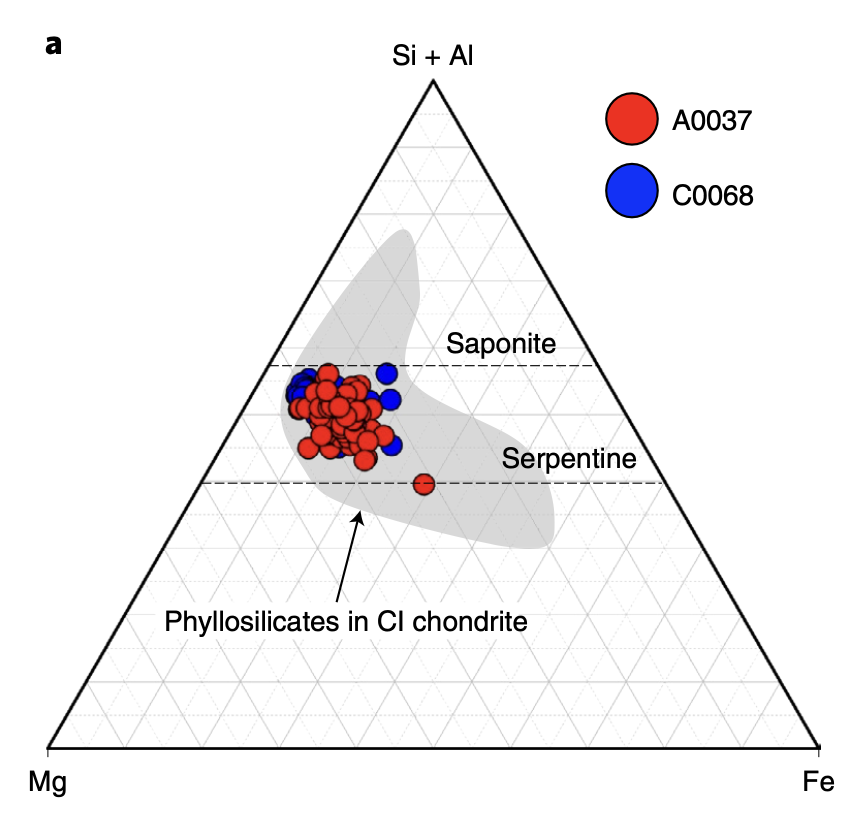
While the analysis overwhelmingly suggests that Ryugu is a CI chondrite, the authors find that there are a few compositional details that don’t quite match. They argue that this actually makes a lot of sense, because the CI chondrite sample has sat around on Earth for years and has undergone weathering in Earth’s environment. So Ryugu is just an unweathered CI! Given our use of CI chondrites as proxies for the composition of the entire solar system, it’s great news that we now have a more pristine sample!
More science using the Ryugu samples is still ongoing, and in the coming years we should have yet another asteroid sample from Bennu, courtesy of the OSIRIS-REx mission. The authors of today’s paper say that they hope the success of Hayabusa 2 continues to inspire these types of sample return missions in the future!
Astrobite edited by: H Perry Hatchfield
Featured Image Credit: JAXA

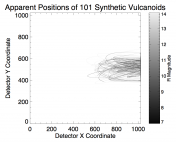
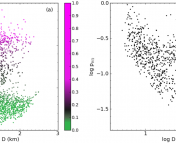

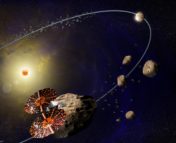
This confirmation is huge annd so important. These findings valid all the CI meteorite micro analysis done over the last decade. Getting an accurate readout of minerals and isotopes will allow astronomers to define in great detail and with great confidence the earliest days of our Solar Systems very earliest phase. Astronomers like Fred Whipple would be opening the bubbly in celebration.